How to save money with an eco friendly home
Which eco-friendly upgrades to your home are really worth the investment? Find out with our guide

Going green and creating an eco-friendly home can be as good for your wallet as it is for the environment. But there’s a risk that some renovations could be so costly that they’re just not worth it. With this in mind, it’s useful to know which eco-friendly improvements promise the best return on investment. It’s always good to do your bit for the environment, but taking care of your bank balance is as important.
There is plenty you can do inside your home, too, that will boost its eco-friendly credentials while saving you money. From choosing furniture that lasts to installing energy-efficient lighting, we've got all the steps to a greener, more budget-friendly home covered.
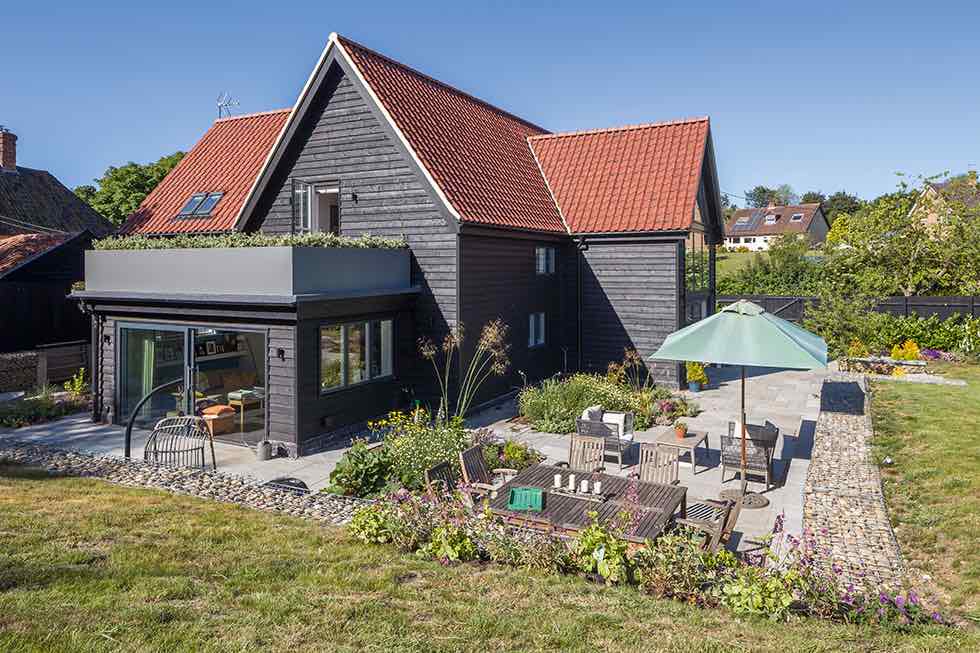
Discover how the Spencers created this Eco friendly home by beautifully converting this 19th century barn
Insulate your loft
When looking at eco-friendly, energy-saving measures and renovations, insulating your loft is an excellent first step. Your home can easily lose heat through the roof, so it’s important to ensure your loft is properly insulated. By using recycled or natural materials, such as sheep’s wool or recycled plastic bottles, you’ll not only save a few trees, but a few pounds as well. According to Channel 4’s George Clarke, homeowners often recoup the £250 to £300 cost of loft insulation within two to three years.
Fill in those wall cavities

If you find yourself staring in bewildered shock at your sky-high heating bills each month, it might be time to consider insulating your cavity walls. About a third of all heat lost in an uninsulated home dissipates through the walls. Although most homes built since the 1990s have cavity wall insulation, those built earlier often don’t. An eco-friendly semi-detached house with cavity walls could save £160 each year in heating bills through insulation, according to Which? At an average cost of £475, this renovation has a payback time of approximately three years.
Consider solar panels carefully
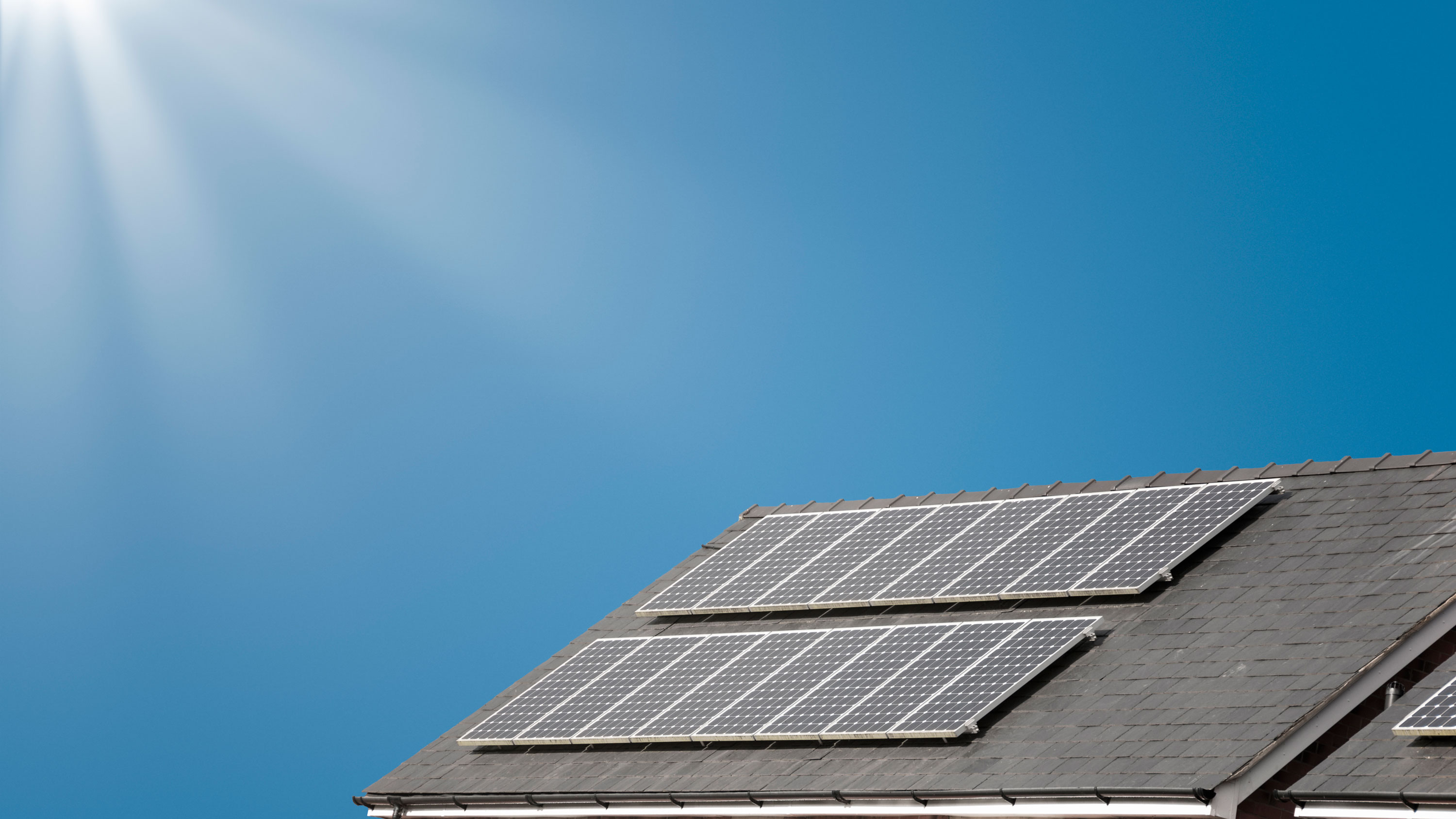
No article on sustainable home improvements would be complete if it didn’t mention solar panels. While installing these panels can be expensive, their long-term savings may make them worthwhile. With initial installation costs ranging from £5,000 to £8,000, installing solar panels may seem like a daunting and altogether unrewarding task. With government feed-in tariffs, you can earn up to £260 a year, whilst also saving £60 a year on electricity bills, according to the Energy Saving Trust. This means you could recover your initial investment in approximately 16 years. Given the hefty initial investment, this option may not be the best for your bank balance, despite the environmental benefits.
Invest in an eco-friendly air-source heat pump
If you’re concerned that solar panels may ruin the aesthetics of your home, you may prefer installing an air-source heat pump. These pumps generate heat from the outside air, reversing the method used to cool fridges. Using this technology, the pumps can provide underfloor heating and warm water for your home. This will help lower your fuel bills, as well as your carbon footprint.
An air source pump should keep you warm throughout the winter, generating heat when the outside temperature is above -15° C. Installing a system will you cost around £7,000 to £11,000, so they can be an intimidating investment, but the Government’s Renewable Heat Incentive (RHI) should sweeten the deal. Depending on your current heating system, you could earn around £905 to £1,365 from RHI payments each year. When combined with annual fuel bill savings of between £295 and £1,805, you could cover the costs of a system in just six years.
Get small space home decor ideas, celeb inspiration, DIY tips and more, straight to your inbox!
Invest in worktops that last

The one part of the kitchen worth spending on is the worktop. Why? A quality surface not only creates wow-factor but will last and last.
With a modern, industrial look, concrete is incredibly hard wearing. The material is fairly green, as components such as sand and aggregates are harvested locally or can be made from recycled waste. For example, Designfinger creates bespoke concrete worktops and splashbacks from up to 90 per cent recycled materials, crushed then bound together in a cement-like mix.
Like high-end Corian or quartz worktops, they are visually stunning, especially as part of an ultra-modern kitchen design. According to Concreations, concrete work surfaces start from £300 per metre, based on a depth of up to 600mm and an edge thickness of 40mm. Consider the colour and whether you prefer a gloss or matt finish.
Source eco-friendly furniture

Choosing recycled furniture made from sustainable or reclaimed materials is the green way to decorate. Eco-friendly design includes the re-use or sustainable use of materials, including wood that is reclaimed or from certified forests. Using renewable materials, such as flax, jute, hemp and cotton instead of plastics is also a great way to help the environment.
Caroline Hodgson, home accessories buying manager for Barker & Stonehouse, says: ‘When it comes to interiors, form the basis of your look with sustainably sourced furniture. Bed frames, dining tables, side tables and consoles made using reclaimed wood are not only environmentally conscious, but also stylish. The salvaged wood gives every piece its own unique character, while minimal detailing and solid lines give the products an authentic, practical rough-around-the-edges feel.
Maximise natural lighting
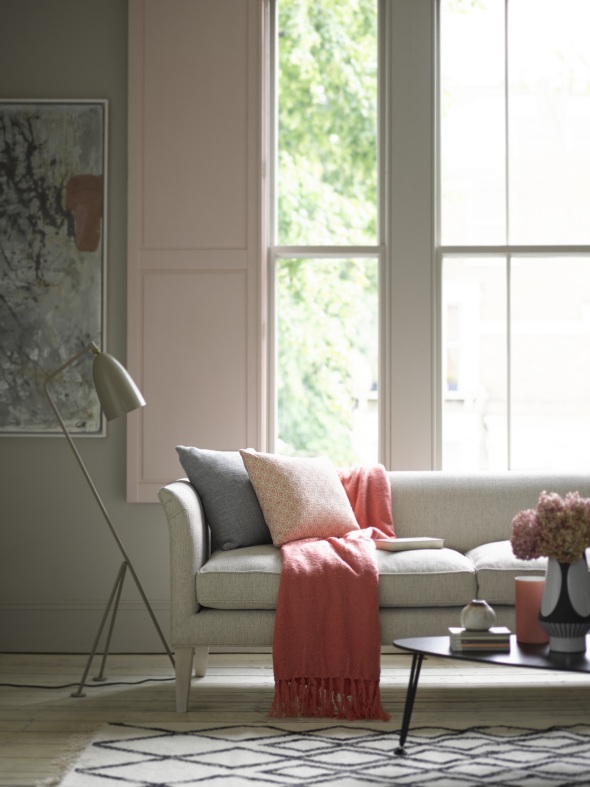
When thinking about lighting, many people go for low-energy options before maximising the natural light falling onto and into our homes. Natural light can significantly reduce electricity bills and, as scientific reports conclude, can create a happier, healthier space to live in. So consider these points, advises sustainable architectural designer Oliver Heath:
- Bounce natural light off white-painted windowsills, or walls painted with Dulux Light and Space, which is said to be twice as reflective as conventional paints.
- If windows are being replaced, reduce the size of frames and mullions.
- Over-extend curtain poles, so curtains and drapes can be pulled right back and won’t block light falling into the room.
- Filter light between spaces by using glass in partitions, doors and even structural floor panels.
- Light-coloured floors will bounce light from the windows up into a room
Choose the latest energy-efficient appliances

Upgrading from energy-guzzling white goods will really help to dramatically cut down on utility bills. According to consumer organisation Which?, fridges and freezers are the second biggest cost on energy bills after central heating, so choose an energy-efficient fridge. The same goes for washing machines.
For great wash results while saving on electricity, the latest Samsung Ecobubble washing machine (from £450 depending on size and model) cuts the electricity used by half due to ‘bubble generator’ technology. Both AEG and Samsung have also just brought out tumble dryers with new heat pump technology – clothes are dried quickly and efficiently, but using significantly less power than a conventional dryer
Consider your choice of windows
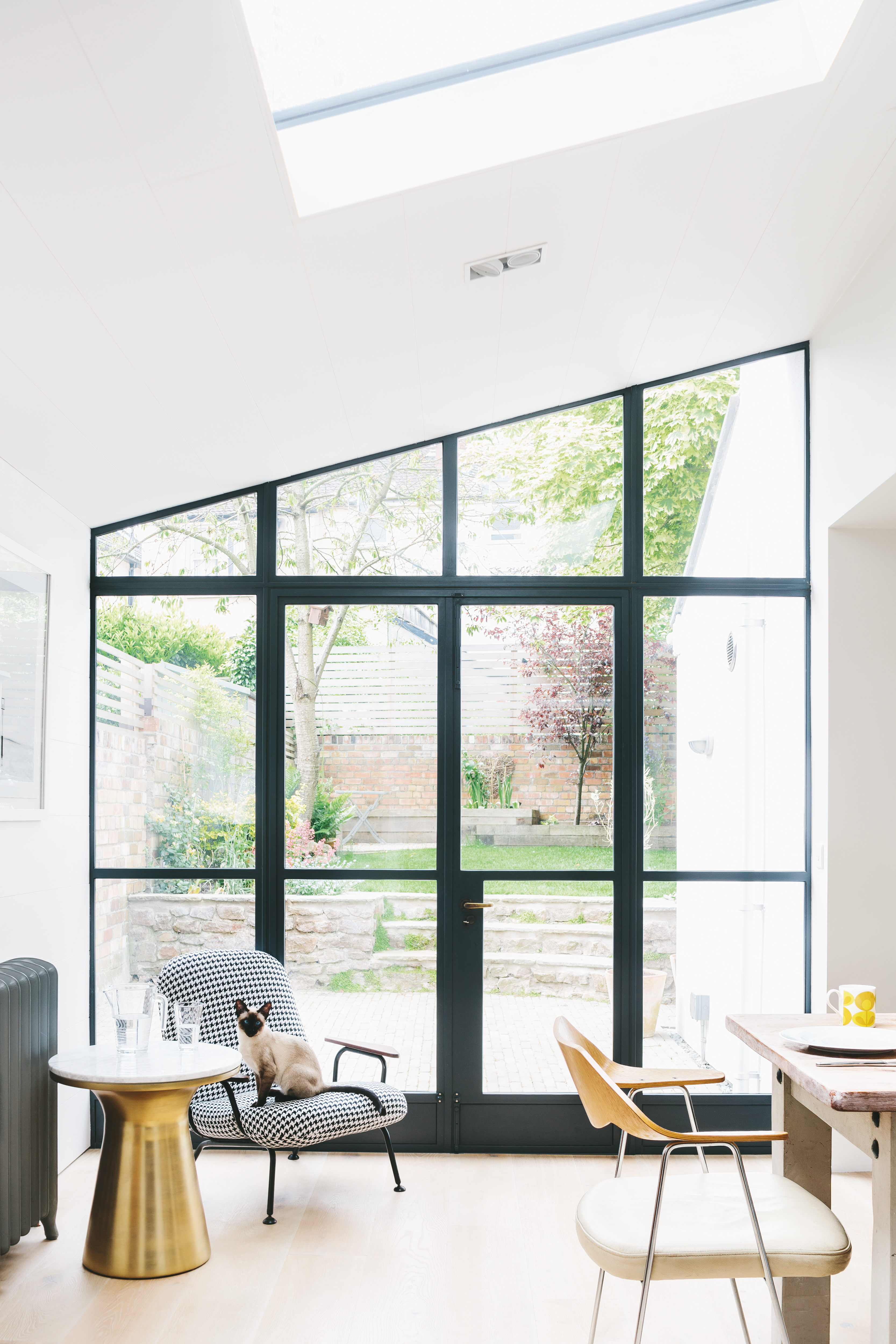
Although uPVC window frames have been seen as an eco-friendly solution, these frames generate 43 per cent more waste than timber windows* and have a lifetime of just 25-35 years, compared to Wood Window Alliance (WWA) frames lasting 56-65 years**. Wood is a good insulator, extremely thermally efficient and a real alternative to uPVC. In a nutshell, wood has the lowest environmental impact of any window material.
Interior designer and TV presenter Naomi Cleaver says: ‘Many don’t realise that modern wood windows, whether traditional or contemporary in style, are double- or triple-glazed for exceptional energy-efficiency. Recent developments in technology have made them some of the highest quality and best value windows.
Learn more at Woodwindowalliance.com.
Fit energy-saving bulbs
Not only do LED bulbs use up to 85 per cent less energy than other types, but they also last 20 times longer. While they may be a little more expensive to buy, this cost is quickly paid back by reduced running costs. Also, they have become more affordable due to reduced prices at Ikea. For example, the Ledare LED bulb now costs only £4 and will last around 25,000 hours.
Install a high-efficiency heating system
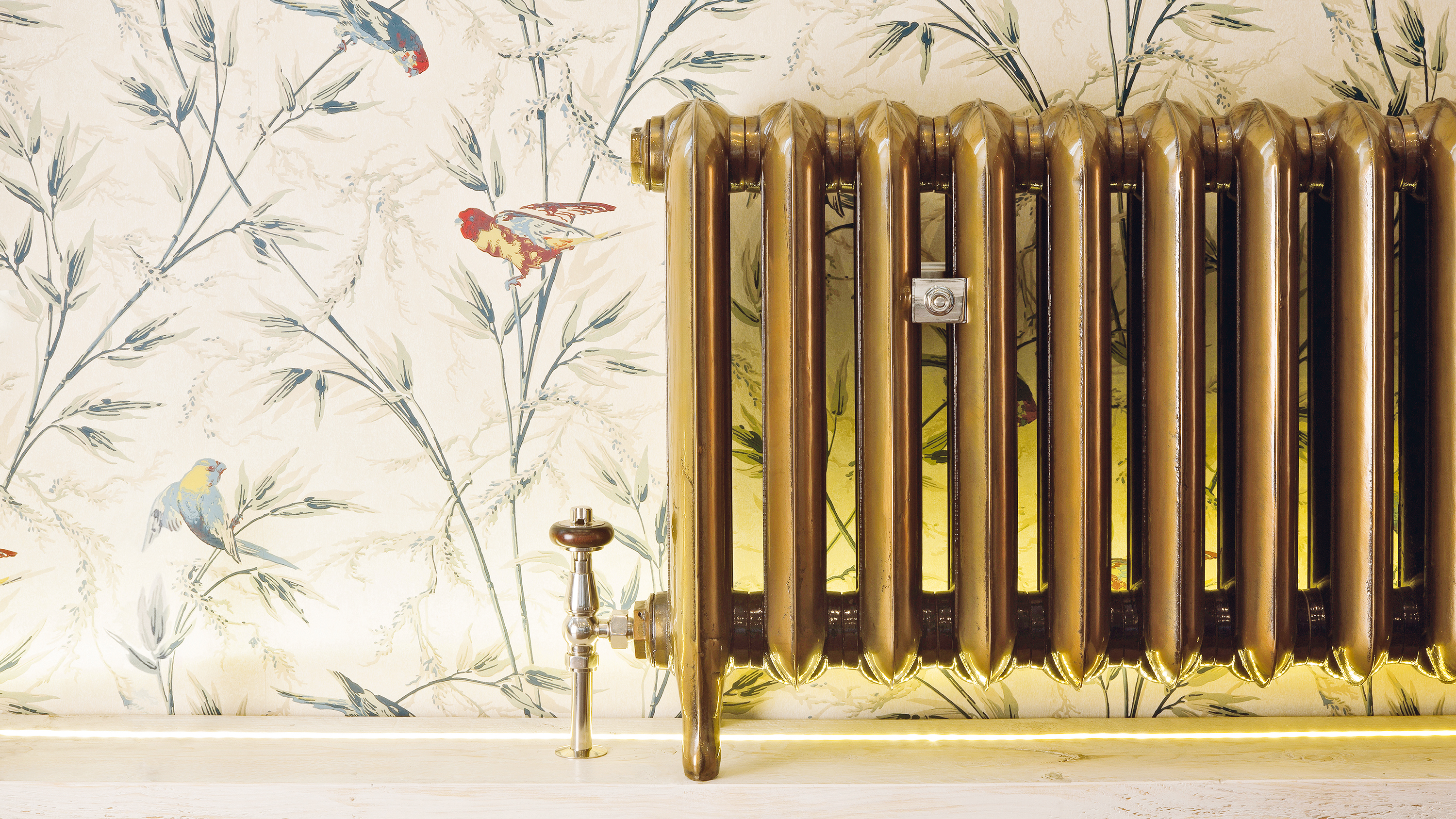
An up-to-date condensing boiler or air-source heat pump is a vital part of a sustainable home. Martyn Bridges from Worcester Bosch Group says: ‘As far as the environment is concerned, an upgrade could also reduce your home’s carbon dioxide emissions by 15 to 30 per cent.’ In fact, if everyone in the UK had a condensing boiler, our annual carbon dioxide emissions would be reduced by 17.5million tonnes, saving £1.3billion on energy bills every year (according to the Centre for Alternative Technology).
Those who use lots of hot water should also consider solar thermal panels, which can heat around 50 per cent of your hot water using the sun’s energy. This is one of the cheapest renewable technologies to install, at £4,000 to £6,000 for a typical system
Save water
We recommend choosing the latest energy- and water-saving taps. The Insinkerator HC3300 hot- and cold-water tap produces hot and cold water instantly and is an energy-saver as it removes the need to boil a kettle. With the turn of a lever, filtered water is on tap at a steaming-hot 98C.
For bathrooms, the latest Airblade tap from Dyson makes it possible to wash and dry your hands at the sink in just 12 seconds – saving on water and towels. The latest affordable showerheads can also cut hot water bills by